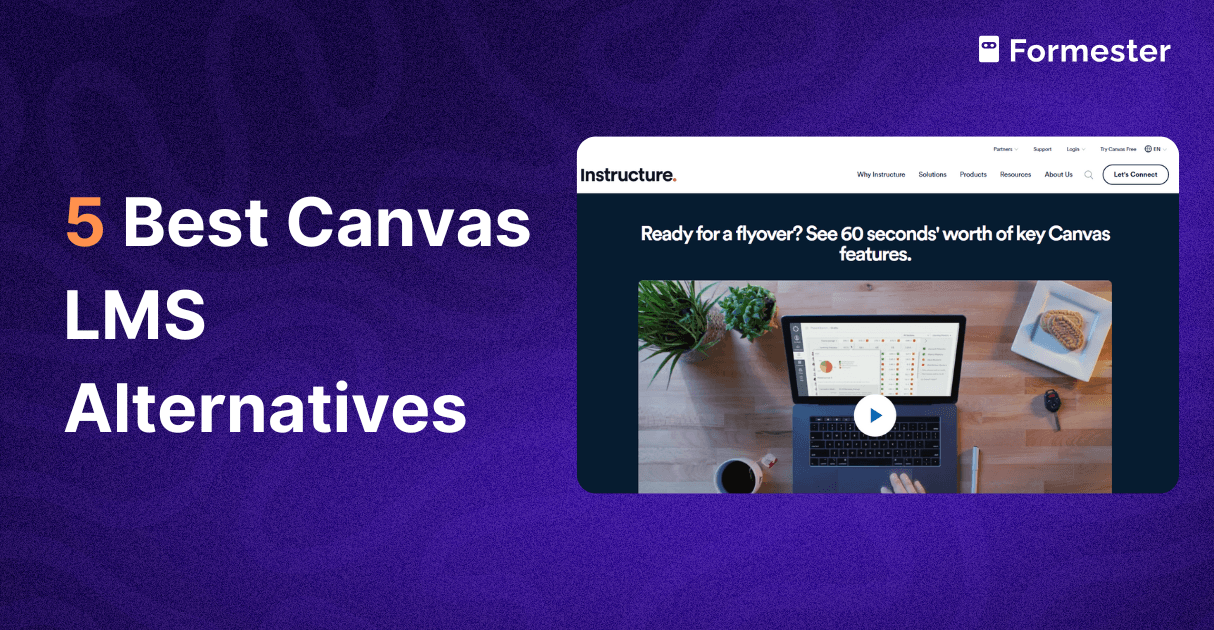How to Create a Google Form for Event Registration?
Planning an event takes a lot of work. You have to attract attendees, manage signups, send reminders, and keep everything organized before the big day. One mistake many organizers make is trying to handle registrations manually through email or messages. That quickly becomes overwhelming.
A smarter way to manage registrations is by using a digital form. And one of the easiest tools to start with is Google Forms. It’s free, simple, and helps you collect attendee information in an organized way.
In this guide, we’ll walk through how to create a Google Form for event registration step by step. You’ll also learn its limitations and discover how tools like Formester can make event registration faster, more professional, and more automated.
Why an Event Registration Form Matters
An event registration form is not just a place to collect names. It’s your first interaction with your audience. A clean and easy-to-fill form sets the tone for your event and helps you collect accurate data for planning.
Here’s why every event, big or small, needs a registration form:
Collect accurate attendee details: Avoid confusion and last-minute communication errors.
Save time: Say goodbye to manual signups and messy spreadsheets.
Track responses: Know how many people have registered at any time.
Automate confirmations: Send thank-you or confirmation messages instantly.
Analyze participation: Understand your audience better through collected data.
If you’re hosting workshops, webinars, training sessions, or conferences, a digital registration form simplifies the entire process from start to finish.
Step-by-Step: How to Create a Google Form for Event Registration
Step 1: Open Google Forms
Start by visiting forms.google.com. You’ll need to sign in with your Google account. Once you’re logged in, click the blank form or browse through templates.
Google provides pre-built templates for events, feedback, and signups, which can save you setup time.
Step 2: Name Your Form and Add Basic Information
Click the title field and rename your form to match your event. For example: “Summer Tech Meetup 2025 – Registration Form.”
In the form description, write a short introduction about your event. Include:
Event name
Date and time
Venue or online platform link
Purpose of the event
What attendees can expect
For example: “Join us for the Summer Tech Meetup 2025, where developers and designers come together to share ideas, learn new skills, and network. Fill out the form below to reserve your spot.”
This context helps users understand what they are signing up for before they start filling the form.
Step 3: Add Registration Questions
Your goal is to collect all the necessary details without overwhelming the respondent. Keep your form short and simple.
Here are some common fields to include:
Full Name
Email Address
Contact Number
Company or Organization
Job Title
Number of Attendees
Dietary Preferences (for in-person events)
How did you hear about this event?
Any special requests or notes
To add a new question, click the plus (+) icon. You can choose different question types—short answer, multiple choice, dropdown, or checkbox.
Make sure to mark essential fields as Required, so people don’t skip them.
Step 4: Customize the Form Design
Click the paint palette icon on the top right corner to open the Theme options. You can:
Change the color scheme to match your brand or event theme.
Add a background image or your event logo.
Adjust the font style for better readability.
A visually appealing form can make a better impression and encourage more signups.
Step 5: Set Up Confirmation Message
After someone submits the form, you can display a custom message like:
“Thank you for registering for the Summer Tech Meetup 2025. We’ll send your event details and reminders to your email soon!”
To edit this, click on the Settings gear icon, go to the Presentation tab, and type your message in the Confirmation message box.
Step 6: Enable Email Notifications (Optional)
If you want to receive an alert each time someone fills your form, use the “Responses” tab. Click the three dots and choose Get email notifications for new responses.
This ensures you never miss a new registration.
Step 7: Preview Your Form
Before sharing, click the eye icon on the top right corner to preview your form. Check how it looks on desktop and mobile. Test the form by submitting a response to make sure everything works properly.
Step 8: Share Your Google Form
Once your form looks good, it’s time to share it.
You can:
Copy the shareable link from the Send button.
Embed it directly on your event website.
Share via social media or email newsletters.
You can also shorten the link for easier sharing.
Managing Responses Effectively
Google Forms automatically collects all responses under the “Responses” tab.
You can:
View individual responses: Check details of each registrant.
View summary: See charts and data summaries for easy insights.
Export to Google Sheets: This is ideal for organizing and filtering data.
You can even share the Google Sheet with your team so they can track attendees in real time.
Common Mistakes to Avoid When Using Google Forms
Collecting too much information: Long forms lead to higher drop-off rates.
Forgetting required fields: Missing data makes follow-ups harder.
Not testing the form: Always test before sending it out.
Skipping branding: A generic form can reduce trust. Add your event logo and colors.
No confirmation message: Without one, attendees may wonder if their registration went through.
Avoiding these mistakes will make your registration smoother and more professional.
Limitations of Google Forms
While Google Forms is simple and free, it’s not always the best choice for larger or professional events. Here are a few limitations to keep in mind:
Limited design control: You can’t fully customize branding or layout.
No built-in payments: You can’t collect event fees directly from the form.
No automated follow-ups: You need to manually send emails or reminders.
No seat limit control: Anyone can keep submitting unless you manually close the form.
Basic analytics: It doesn’t provide in-depth attendee behavior tracking.
If you’re hosting a recurring event or a professional workshop, you might quickly outgrow Google Forms.
A Smarter Way: Create Event Registration Forms with Formester
Formester is a professional form builder that helps you create branded, automated, and interactive event registration forms in minutes—no coding needed.
Why Choose Formester for Event Registrations
Custom Branding: Match your event’s look and feel with colors, logos, and themes.
Built-in Email Automation: Send confirmations and reminders automatically.
Payment Integration: Collect event fees directly through your form.
Response Limits: Control how many registrations you accept using the form limiter.
Advanced Analytics: Track completion rates, traffic sources, and more.
AI Form Builder: Build your event form instantly using AI. Try it here.
Formester helps you manage end-to-end event registration without juggling multiple tools.
How to Create an Event Registration Form in Formester
Sign up or log in to Formester.
Choose a template or start with a blank form.
Add your fields: Name, email, company, and any custom questions.
Enable automations: Set up instant confirmation emails or reminders.
Collect payments: Integrate your payment gateway if needed.
Publish and share: Get a public link, embed it on your website, or share via email.
Track and analyze: Use Formester’s dashboard to monitor responses and attendance.
This workflow gives you full control over every part of the registration process—from collecting data to sending follow-ups automatically.
When to Use Google Forms vs Formester
| Use Google Forms When | Use Formester When |
|---|---|
| You need a free, simple solution | You need branded and professional forms |
| You’re hosting small events | You’re managing recurring or paid events |
| Manual management is fine | You want automation and analytics |
| No payment required | Payment collection is needed |
| Basic design is okay | Custom branding is essential |
If you’re just testing event ideas or running small community events, Google Forms works well. But for business events, professional workshops, or large conferences, Formester offers more efficiency and scalability.
Pro Tips for Smooth Event Registration
Keep your form short: Collect only what you truly need.
Add deadlines: Encourage faster registrations.
Send automated reminders: Help attendees remember your event.
Test across devices: Ensure your form looks great on phones and tablets.
Use analytics: Track how many people open and complete your form.
Final Thoughts
Creating an event registration form in Google Forms is a quick and easy way to start managing signups. It’s ideal for small, free, or internal events where simplicity matters.
However, if you want to deliver a seamless registration experience, automate reminders, or collect payments, upgrading to a professional tool like Formester makes all the difference.
With Formester, you can design beautiful, branded registration forms in minutes, manage attendees effortlessly, and save hours of manual work.
Start with Google Forms to get familiar with digital registrations, and when you’re ready to grow your events, switch to Formester for full automation and control.

